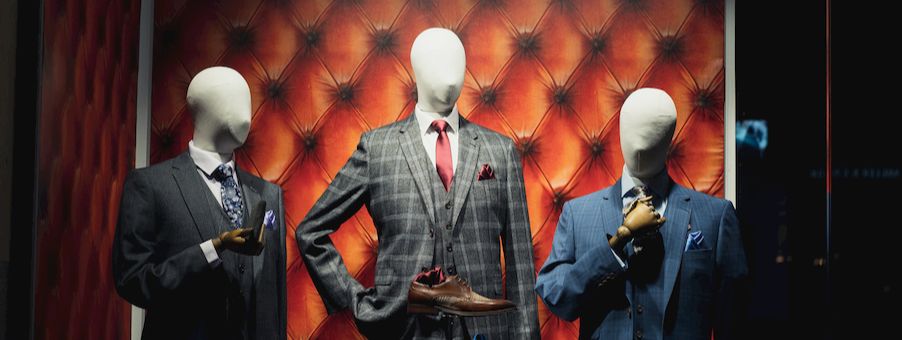The aim of visual merchandising is to surprise, inspire, and tempt customers to buy. It’s about presenting the retail space in a way that maximises your sales potential. It’s not simply about dressing up a mannequin for a window display; it’s much more sophisticated, a combination of art and science. For it to be successful it must elevate your brand’s appearance and customer experience.
In this article we’ll highlight our top tips for taking your store’s visual merchandising practices to the next level.
1. Show off the Wants
It’s pointless highlighting products a customer needs, because those items are the reason they’ve come to your store in the first place. Customers respond to product displays of items they want, so the best strategy is to utilise the space to showcase items that your customers didn’t even know they wanted. As soon as they see how great your displays look, they’ll soon want or even need the product.
The aim is to create something visually stimulating to spark an emotional connection within the customer. They’ll feel they can’t leave the store without the item you’re trying to sell.
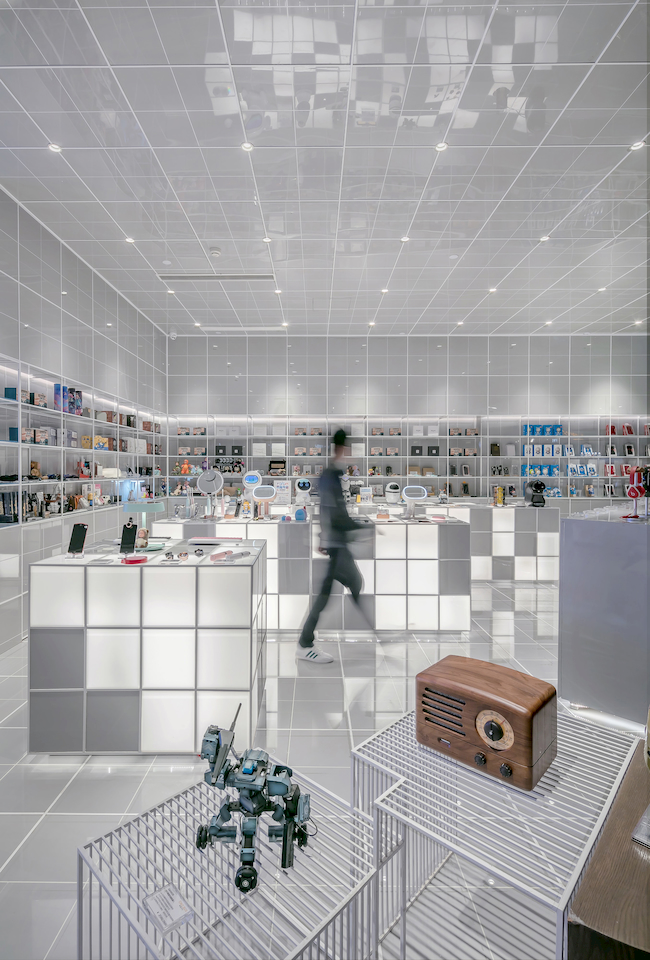
Photo by Xianjuan HU on Unsplash
2. Utilise the Store Entrance
The entrance is the most important area of your entire store, so it’s imperative that you maximise its potential to increase footfall. Put your new, premium items in the spotlight, starting with the display area closest to the front doors. Make sure that there are several levels of height, and check that store fixtures are clean and filled with enough products so that customers can pick up items without having to dismantle your works of art.
3. The Wild Card
Visual merchandisers use props to support the products they are trying to sell. A window display can include one prop or a whole collection. A prop can have empathy with the products, or cleverly have nothing in common with the merchandise at all. This won’t work every time, but you could find an unrelated, random item to add to your display. A ‘wild card’ prop serves to grab customers attention. It has nothing to do with the other merchandise, so adds intrigue and lures customers inside your store to find out more. For example, if your window is displaying shoes, you could tie some balloons to one pair which would be sure to attract the eye of passers-by. More extravagant examples of wild card props are model animals, such as Zebras with multicoloured stripes, and even motor vehicles with garish paint jobs.
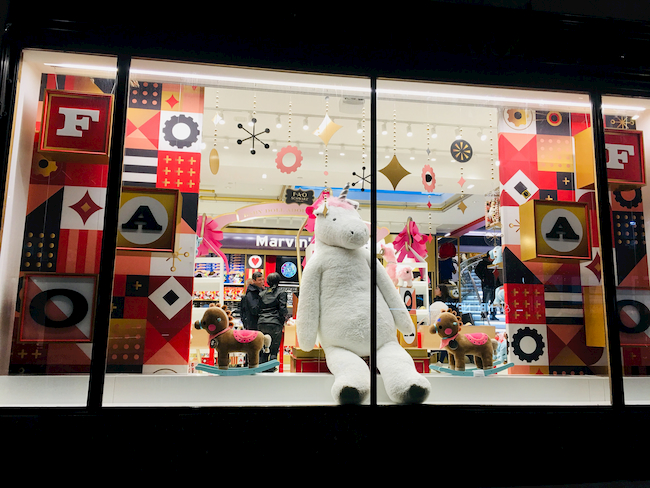
Photo by Mai Truong on Unsplash
4. Leverage Technology
Retailers must keep up with the new trends within digital technology and incorporate it into their visual merchandising strategy to stay relevant and compelling. The integration of technology into visual presentations and retail environments creates better shopping experiences on all fronts. Popular trends include interactive videos, mobile integration, endless aisles (in-store kiosks that allow customers to order products that aren’t available in-store), QR codes, virtual reality and augmented reality (used in smart mirrors where you can ‘try on’ new clothes and make-up products without actually trying them for real).
However, introducing new technology to your store for the sake of it would be counterproductive. The focus when implementing new technology should be on the benefits it brings, as well as how it enhances the customer journey and improves their shopping experience.
5. Encourage Impulse Purchases
Impulse buying accounts for almost 80% of all purchases, so retailers will benefit from employing merchandising strategies that encourage shoppers to make unplanned purchases. According to e-commerce specialist Shopify, 79% of impulse buys still take place in physical stores, so it is crucial that retailers find ways to make it a priority. The key factors that encourage impulse buying are choosing the right products, putting them in the right places, and grabbing shoppers’ attention.
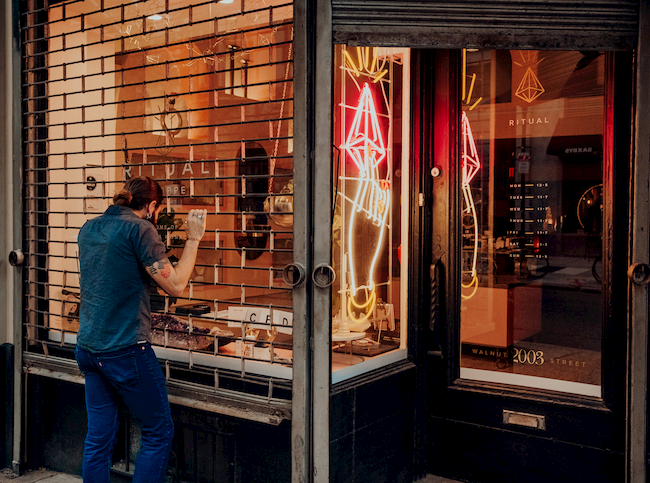
Photo by Freddy Do on Unsplash
6. Empower your Customers
A retail store isn’t just a space that sells products. It sells an experience. Great visual merchandising takes customers on a journey, tells stories and creates moments. As increasing numbers of people shop online, retailers must embrace their creativity to produce unforgettable shopping experiences. This will ensure physical stores remain relevant, as they produce unique experiences that online retailers cannot hope to compete with.
The most important reason for visual merchandising is to engage and inspire shoppers, to encourage them to buy more products, which will increase your sales, margin and return on space. Visual merchandising done right will transform shoppers into buyers.
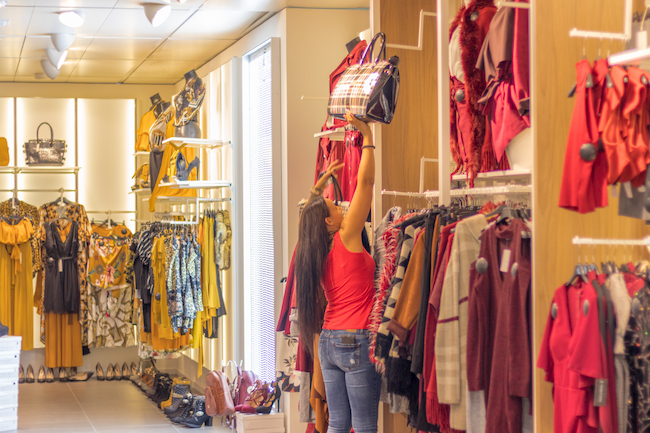
Photo by Alexander Kovacs on Unsplash
RMS provides visual merchandising services to major retailers, helping them to maximise their sales potential and improve the customer experience.
